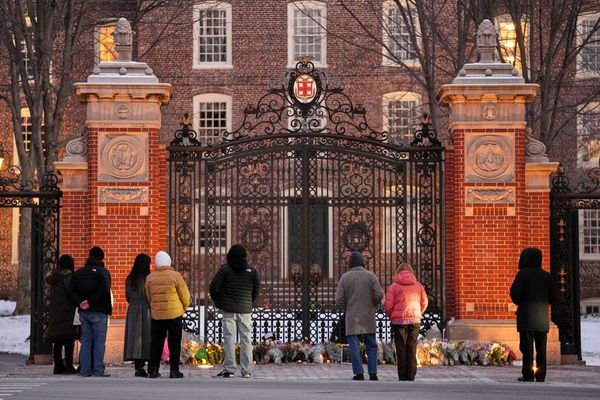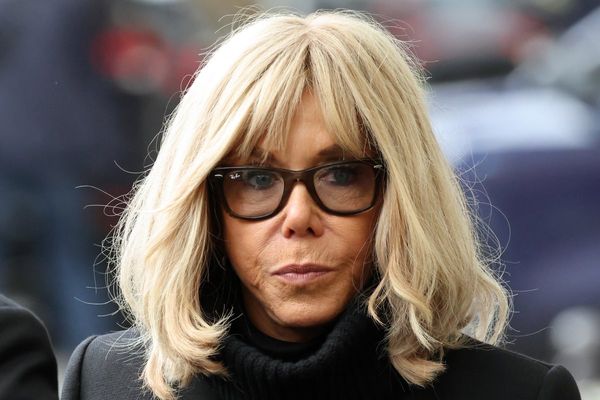
Liz Truss has resigned as prime minister after almost seven weeks in Downing Street.
After she was announced as the winner of a ballot of Conservative party members on 5 September, her tenure was dominated by a mini-budget that led to serious turmoil in the financial markets.
This was followed by severe instability in the government as cabinet ministers departed and Tory MPs rebelled. Truss faced a record nosedive in job satisfaction for a prime minister.
These charts show how Truss’s leadership crashed and burned, as she became the prime minister with the shortest ever tenure.
Economic instability caused by mini-budget
After Kwasi Kwarteng’s mini-budget, the yield on the UK’s benchmark 30-year gilt hit about 5% in late September. The pound crashed and the interest rates on mortgages increased.
Bond yields fell after the Bank of England intervened, before rising again until Jeremy Hunt was installed as the new chancellor to alleviate market concerns over government spending.
Rising bond yields suggest a lack of willingness among investors to own the debt, as buyers demand a lower price to buy them.
Prime minister approval ratings collapsed by a record amount
The economic instability contributed to a collapse in Truss’s polling, something that was instrumental in Conservative MPs turning against her.
The latest polling from Ipsos, from October, shows that Truss had a net satisfaction rating of -51. This is lower than the -45 that Boris Johnson had when he left office.
Truss’s net satisfaction dropped from -2 in her first month to -51 in her second. This is the biggest drop that any prime minister has had since Ipsos’s records began with James Callaghan in 1977.
A precipitous drop in Conservative support
Labour has been handed a huge polling boost off the back of Truss’s economic policies, with the latest fortnightly rolling average putting Labour on 51.3%, 27 points ahead of the Conservatives.
This significant lead would put Keir Starmer in Downing Street with a healthy majority.
Some individual polls have indicated that the Conservatives would win fewer seats than the SNP if a general election took place, meaning that they would not even be the official opposition.
Highest turnover rate of ministers
In the face of this public opinion, the Conservative party became fractious. This was reflected in the numbers of ministerial departures Truss faced.
Truss will leave office with the highest rate of ministerial departures of any PM since 1979.
Despite only losing three ministers – Conor Burns, Kwarteng and Suella Braverman – her 45 days in office so far means that works out at a rate of 6.7 departures per 100 days.
Second on the list was Johnson, who had 49 ministers leave, at an overall rate of 4.3 per 100 days in No 10. In a sign that does not bode well for the next PM, the exit rate has increased over the last three prime ministers.
Truss becomes the prime minister with the shortest ever tenure
These crisis all contributed to Truss having the shortest ever tenure for a UK prime minister.
When Johnson resigned as prime minister, he had served for 1,139 days, just one month longer than his immediate predecessor, Theresa May. At this time, George Canning was the prime minister with the record of the shortest tenure in history, serving for just 119 days until his death aged 57 in 1827.
Now, however, Truss now holds this position, having served just 45 days at the time of her resignation.
This means that, once the new leader is selected, the UK will have had five prime ministers since voting to leave the EU in June 2016.
This is more than Italy, which has had four leaders during this time, and a score of other European countries. Only Bulgaria, Austria and Romania have had more heads of government across this six-year period.
The Conservative party is to have another leadership election and Truss will continue to serve as prime minister until this new leader is selected. The Labour party has called for a general election.







